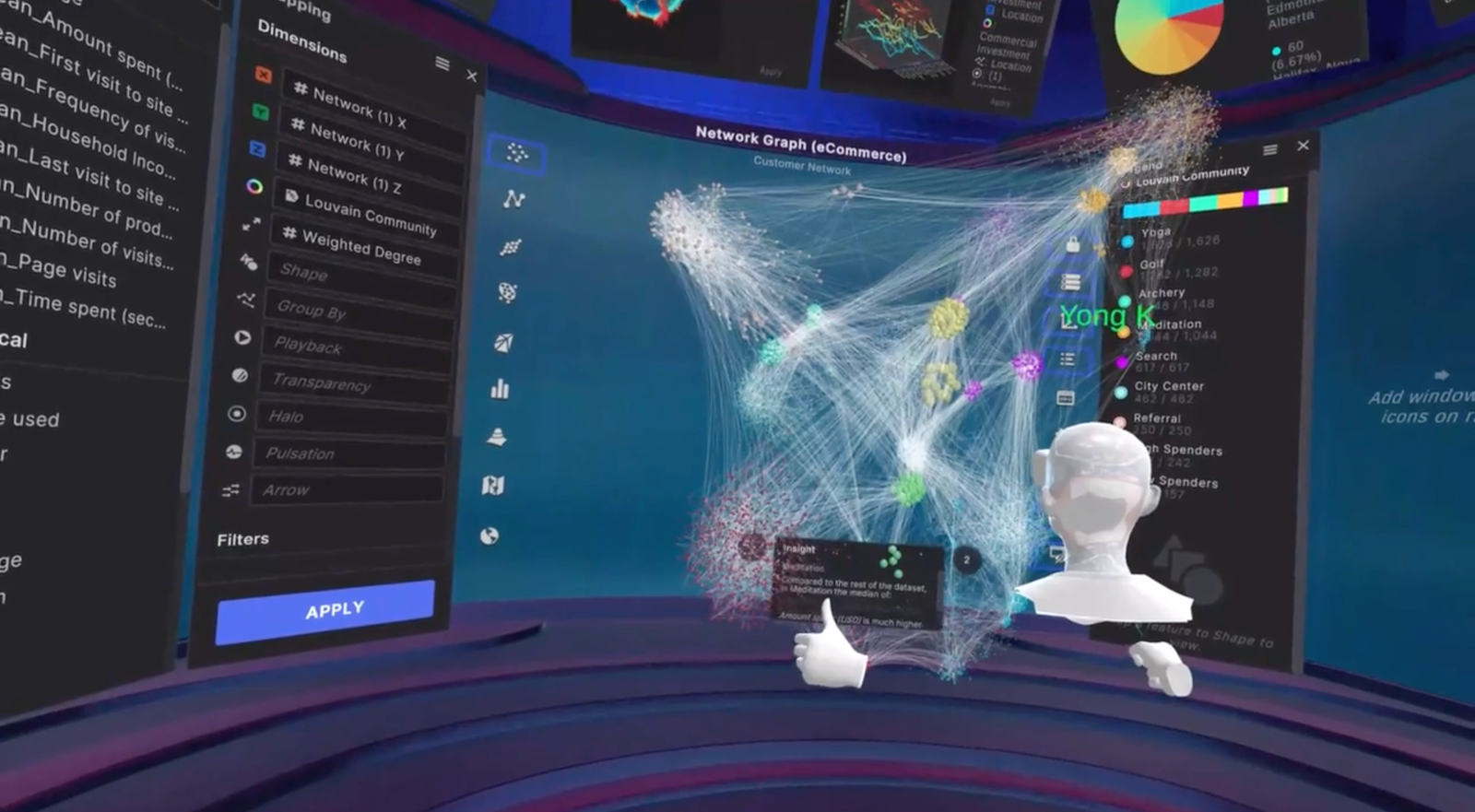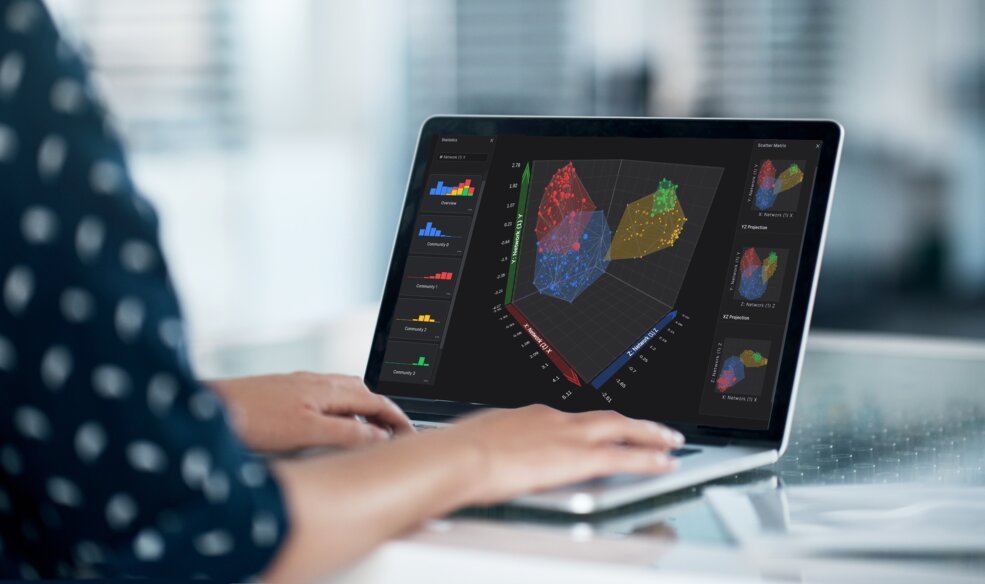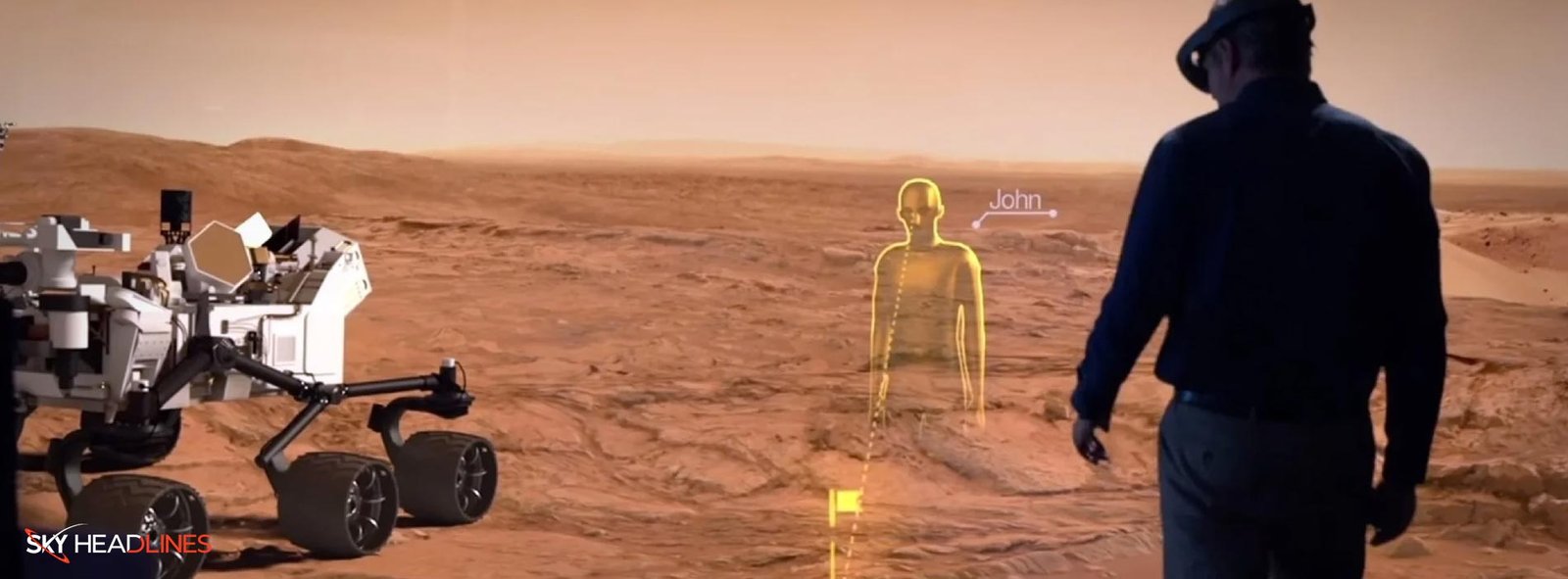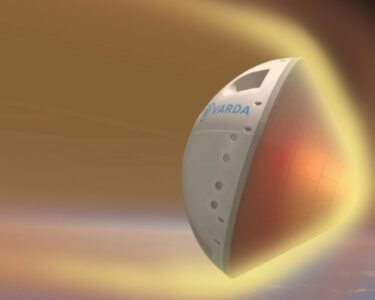News:
Jet Propulsion’s working on VR
For many years, NASA’s Jet Propulsion Laboratory in Southern California has worked on enhancing data visualization. Scientists typically evaluate the environment by using panoramic photos after receiving images from any Virtual Reality on space, but this technique has drawbacks. Looking at a flat image makes it challenging to determine distances.
Copping up Challenges of VR Imaging
Scott Davidoff, manager of JPL’s Human-Centered Design Group, states that the experience of seeing images on a screen is very different from traversing a canyon. Davidoff started experimenting with virtual world on space by using images from the Mars Curiosity rover. While the problem of visual distance had been addressed to some extent with 3D graphics viewed through red and blue filtered glasses, nothing gave scientists the impression of actually being there. Davidoff and his associates decided to surround the scientists in a virtual setting.
Geologists who experienced VR this way reported a sense of being on Mars due to Virtual Reality in space. They could determine the size and distance of features more rapidly and precisely than with a flat display, leading to the idea that VR visuals could be a game-changer for more complex “multi-dimensional” data if proven helpful. According to Davidoff, your vision changes when you see a network diagram as a system in three dimensions. They created a data universe that allows analysts to examine any scientific or engineering problem and see patterns and connections more clearly than in a flat version.
Scientific Analysis regarding Virtual World on Space
The California Institute of Technology (Caltech), along with Ciro Donalek and George Djorgovski, conducted research on using immersive environments for scientific data visualization and collaboration. The three collaborated to develop software that analyzes correlations between data points using 3D graphics. The ability to see data in virtual space facilitates the identification of relationships, similar to how watching a three-dimensional Martian landscape enhances understanding.

In 2016, Donalek, Djorgovski, and new CEO Michael Amori of Pasadena, California, established Virtualitics Inc. They did that after obtaining an exclusive license from Caltech, which oversees JPL, with Davidoff serving as an advisor. They have incorporated capabilities like artificial intelligence to highlight patterns and correlations in the graphical data as they continue to develop the program of Virtual Reality on space.
Intelligent Exploration and its Compatibility to VR
Donalek, currently the CTO of Virtualitics, describes virtual reality on space as “intelligent exploration,” leveraging AI and 3D visualizations to quickly uncover drivers and linkages in data and promote comprehension. It offers a drag-and-drop interface, allowing users to gain insights from their data immediately.

The program is compatible with several well-known Virtual Reality headsets and works on desktop and VR platforms. While it can be used in various industries, it is most frequently employed in banking, retail, and medical research. Importantly, it does not require moving the data from its current location to view anything, whether it’s a massive “data lake” or a spreadsheet. Donalek mentions that the company continues to collaborate with JPL, and many of its 60 workers are alums of either the institute or Caltech.
Donalek jokingly said, “We don’t hold it against him that one of them is from MIT.”
Thanks to NASA’s visualization efforts in VR on space, which have opened up a new field of study, analysts can now view science from the surface of Mars or stock movements on Wall Street.
History of Technology Transfer and Virtual Reality
Technology transfer from NASA to the business sector has a lengthy history. The agency’s Spinoff magazine, produced by NASA’s Space Technology Mission Directorate (STMD) Technology Transfer program, showcases NASA technology of Virtual Reality on space that has evolved into commercial goods and services, demonstrating the wider advantages of America’s commitment.





